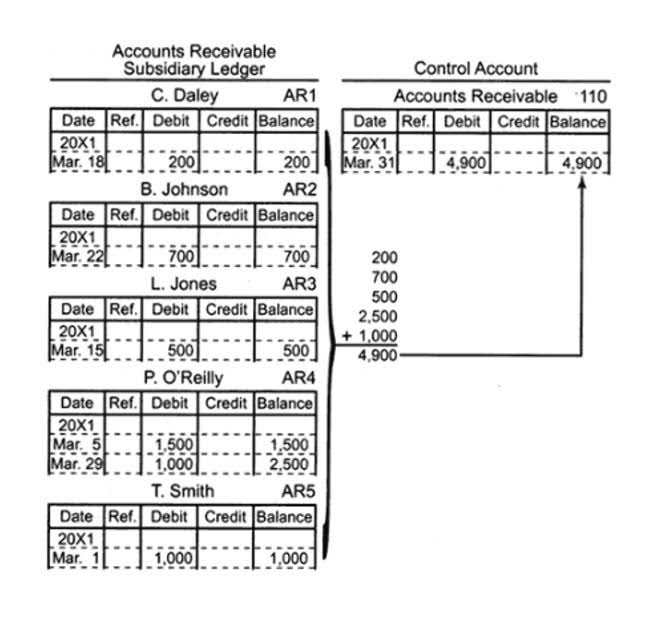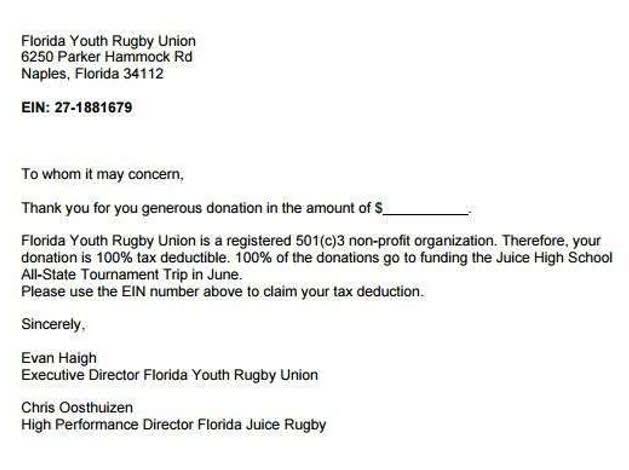
Now that you have a solid understanding of the operating cycle and how to calculate it, let’s explore practical strategies that can help you optimize and enhance the efficiency of your operating cycle. These strategies are fundamental for businesses looking to improve their cash flow, reduce working capital requirements, and ultimately boost profitability. Efficient management of the operating cycle is essential for businesses to ensure smooth operations and profitability. By analyzing each stage of the cycle, companies can identify bottlenecks, streamline processes, and optimize cash flow management. For example, the days sales outstanding value could be higher simply because the process to collect the credit purchases is inefficient and needs to be worked on.

Inventory Period and Accounts Receivable Period

Ask your customers for upfront payment or some deposits as it’ll help to improve the operating cycle. The operating cycle of working capital helps one measure the financial health of a company. Evaluating the operating cycle would reveal how efficiently the assets of a company are being used. After all, efficient usage of a company’s assets has an important role in capital intensity, return on investment (ROI), and fixed overhead turnover.
What can be done to make a company’s operating cycle more efficient?
Therefore, while the operating cycle focuses solely on the time to turn inventory into cash, the cash cycle provides a fuller picture by factoring in how long the company can delay payments to suppliers. This adjustment gives a clearer view of cash flow efficiency and working capital management, showing the net duration for converting operational investments into cash. Have you ever wondered how businesses seamlessly convert investments into cash, ensuring smooth financial operations? In this guide, we’ll unravel the intricacies of the operating cycle, shedding light on its crucial role in financial management.
- However, it is important to recognize the formula’s limitations and interpret the results in the context of industry dynamics and company-specific factors.
- You have to use the quotient of credit sales and average accounts receivable to divide 365.
- If a company’s operating cycle is significantly longer than the industry average, it may indicate inefficiencies in inventory management, slow collection of accounts receivable, or delayed payment to suppliers.
- This adjustment gives a clearer view of cash flow efficiency and working capital management, showing the net duration for converting operational investments into cash.
- After all, efficient usage of a company’s assets has an important role in capital intensity, return on investment (ROI), and fixed overhead turnover.
What Causes a Negative Cash Conversion Cycle?

While the operating cycle formula provides valuable insights, it is essential to recognize its limitations. The formula assumes that there are no significant variations in the time it takes operating cycle formula to complete each cycle component. However, this may not always hold true in practice as there can be seasonal fluctuations, changes in customer behavior, or disruptions in the supply chain.
An increased operating cycle can result from slower inventory turnover, longer times to collect payments from customers, or delays in paying suppliers. Issues like production delays, excess stock, or lenient credit terms can all contribute to a longer cycle, affecting cash flow. To improve an operational process, business owners should look at the accounts receivable turnover, average payment period (inventory days), and inventory turnover.
- You find the average inventory, then divide it by the cost of goods sold (COGS).
- These are expensive capital assets and if you use working capital to pay for them, there will be a decrease in funds and an increase in the risk of running your business smoothly.
- Considered from a larger perspective, the operating cycle affects the financial health of a company by giving them an idea of how much its operations will cost, as well as how quickly it can pay its debts.
- Understanding and monitoring your operating cycle can help you identify areas for improvement, optimize cash flow, and make informed financial decisions.
- One crucial aspect of business operations that can impact both job seekers and employers is the concept of an operating cycle.
- The operating cycle formula provides a quantitative measure of the efficiency of a company’s operating cycle.
Using the equation to calculate the operating cycle enables the management of a firm be aware of the cash flow in and out of their business. Employers looking to streamline their operations and boost profitability should pay close attention to their operating cycles. By understanding and optimizing these components, businesses can enhance their operational efficiency, reduce costs, and improve cash flow management. An operating cycle is the average time it takes for a business to make a sale, collect the payment from the customer, and convert the resources used into cash.
- By understanding these components, you can gain insights into how efficiently your business is managing inventory, collecting payments, and paying suppliers.
- A shorter collection period indicates that the company has efficient credit policies and is able to collect payments promptly.
- This helps them have more cash available for things like paying bills, buying supplies, and investing in growth opportunities.
- The net operating cycle subtracts the days a company takes in paying its suppliers from the sum of days inventories outstanding and days sales outstanding.
- For example, a company with a long inventory conversion period may consider implementing just-in-time inventory management practices to minimize inventory holding costs and increase turnover.

An effective way to shorten your operating cycle is to calculate the number of working days required to sell off the inventory. In this case, you must come up with an appropriate strategy for sales to decrease the inventory time. You should come up with strategies to collect payments from your customers as soon as you can. Early payments go a long way in shortening the operating cycle of your business. Shortening the operating cycle of working capital would also generate working capital.
- This process distills complex activities into tangible metrics, illuminating a company’s health through careful analysis of inventory turnover and accounts receivable collection timescales.
- One of the main reasons that net income falls short in capturing the actual liquidity of the company is due to working capital – most notably inventory, accounts receivable (A/R) and accounts payable (A/P).
- Good management means a company can pay bills on time without borrowing too much.
- This helps maintain a steady cash flow, reduces the risk of bad debts, and ensures you have funds available for immediate use or investment.
- By shortening the cycle, businesses can decrease their working capital requirements, reduce financing costs, and generate additional cash inflows.
- As per the annual report of XYZ Ltd for the financial year ended on March 31, 20XX, the following information is available.

